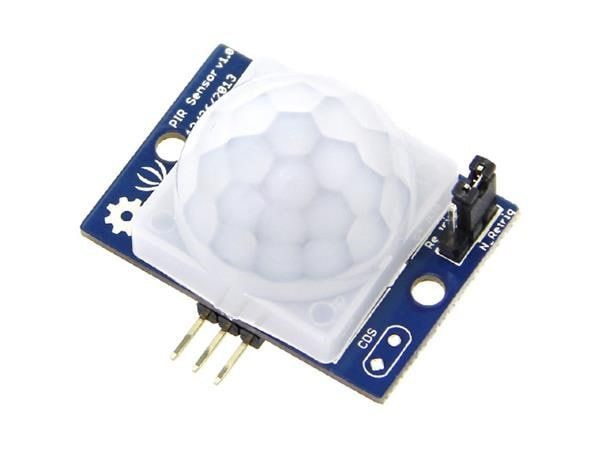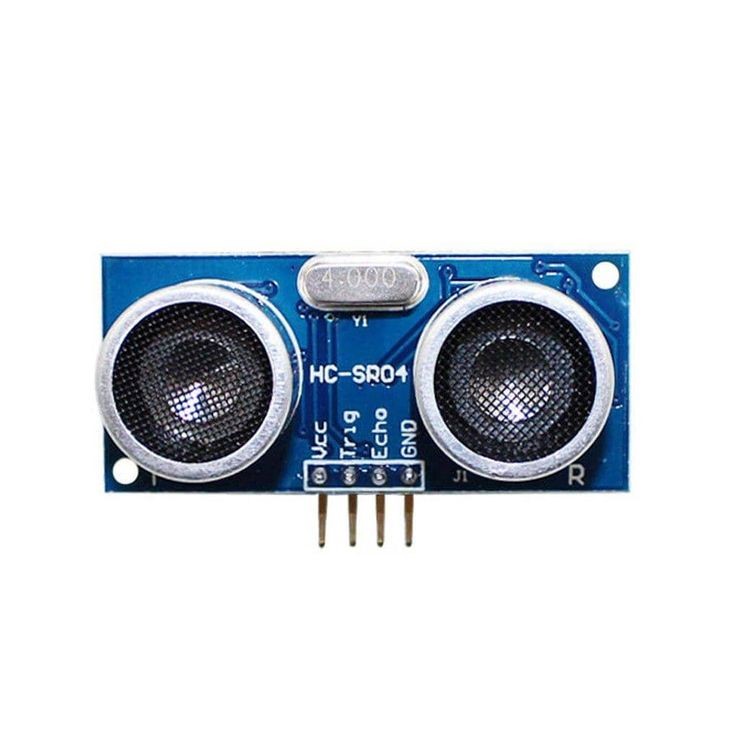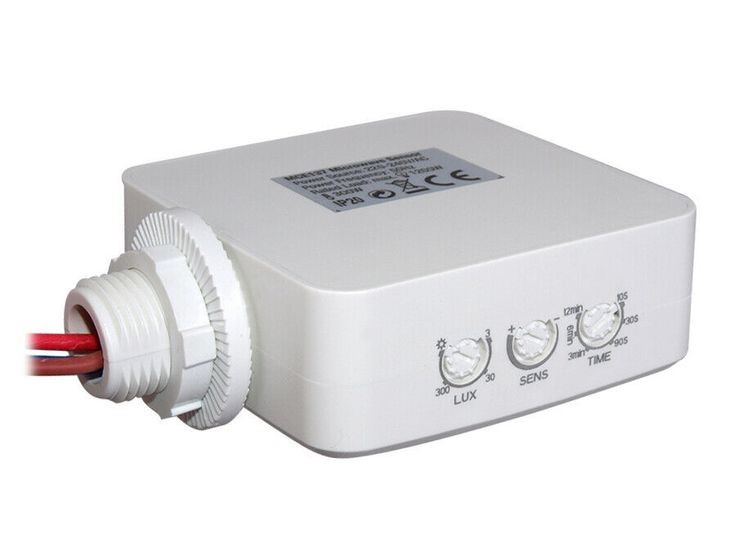Think about a world where lights turn on only when you need them, doors unlock automatically as you approach, and security alarms activate only when a real threat exists. This is the world motion sensors are helping us build.
What is a Motion Sensor?
Motion sensors are electronic devices that detect movement. They work by sensing changes in their surroundings hence enhancing security and improving energy efficiency. these sensors rely on a variety of technologies, each with its own strengths and limitations.
How They Work:
Most commonly, they utilize passive infrared (PIR) technology. PIR sensors detect infrared radiation emitted by warm objects, such as humans and animals. When movement breaks a predefined pattern of infrared radiation, the sensor triggers an action.

Other types of motion sensors include:
Ultrasonic sensors: Emitting sound waves and detecting echoes, ultrasonic sensors can detect movement regardless of temperature variations.

Microwave sensors: Similar to radar, these sensors use microwaves to detect movement, even through walls or obstacles

Dual-technology: Combining PIR with ultrasonic or microwave technologies, these sensors offer increased accuracy and sensitivity.
Applications:
From humble homes to sprawling businesses, these sensors are making their presence felt in every corner of society:
Security: Activating alarms, unlocking doors, and triggering cameras to deter intruders and protect valuable assets.
Energy Efficiency: Automating lighting systems to conserve electricity, reducing energy consumption and saving costs.
Accessibility: Automating doors, lights, and other appliances for individuals with disabilities, providing convenient and saving costs.
Automation: Creating hands-free experiences by activating appliances, controlling climate systems, and opening doors automatically.
Limitations:
Sensitivity: Some sensors may be triggered by factors like wind, pets, or even changes in temperature.
Installation: Proper installation is crucial for optimal performance and to avoid false triggers.
Cost: More advanced motion sensors can be more expensive than basic models.
Motion sensor technology is constantly evolving , with advancements leading to increased accuracy, sensitivity, and integration with smart home systems. As we embrace a future of connected devices and automated homes, motion sensors will play an even greater role in shaping our lives.
From safeguarding our homes to simplifying everyday tasks, motion sensors are truly the silent watchmen of our modern world, ensuring our safety, comfort, and efficiency.
Some available motion sensors are mentioned down below;



